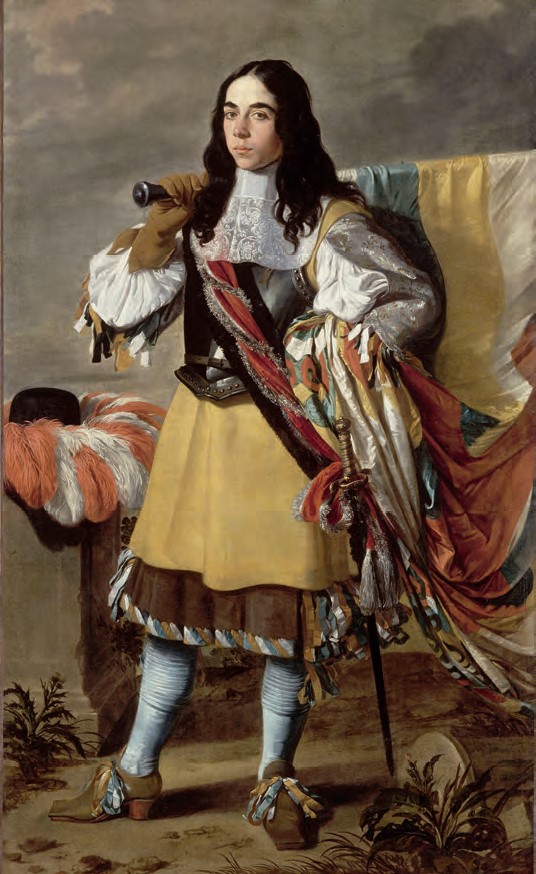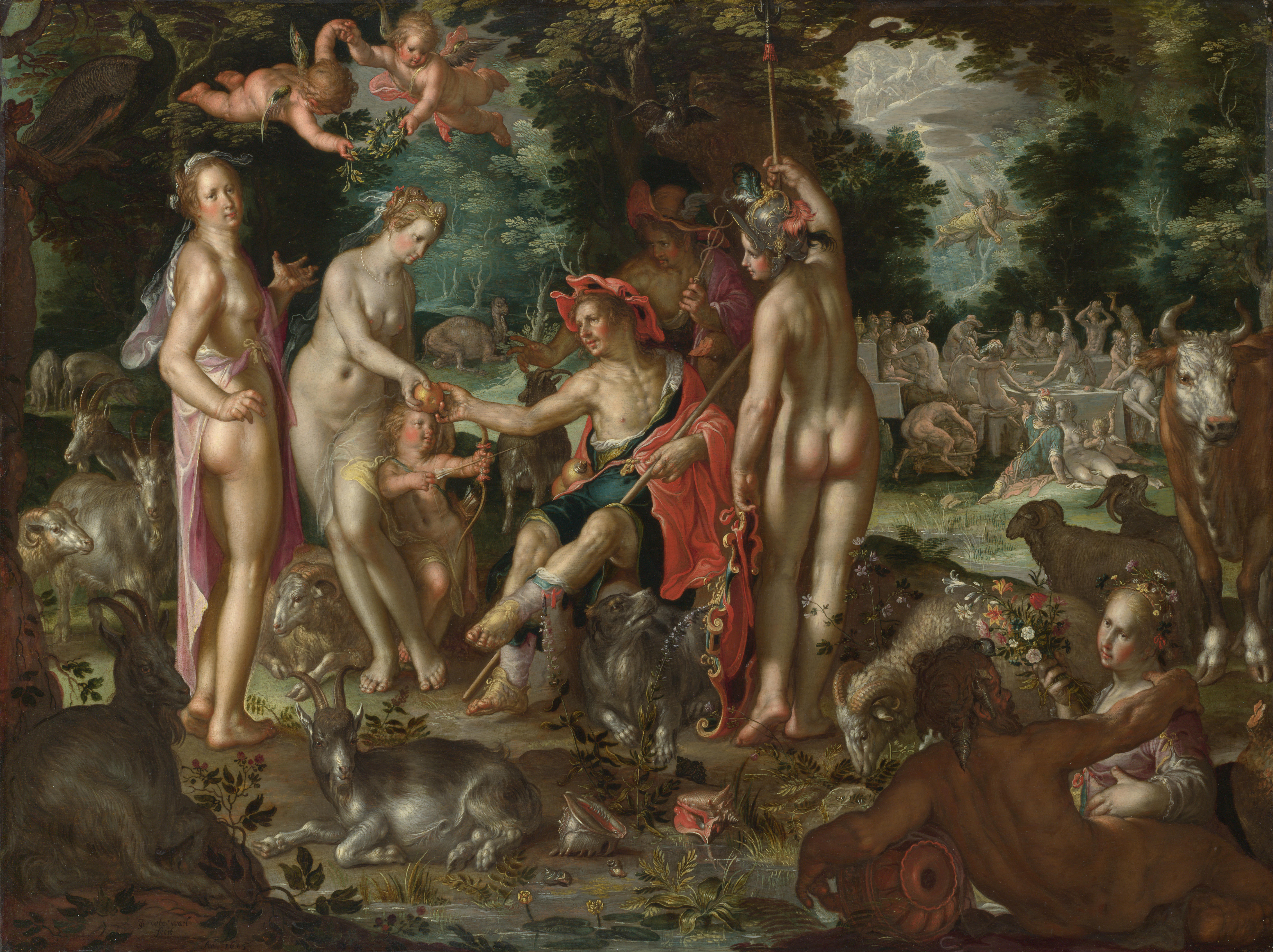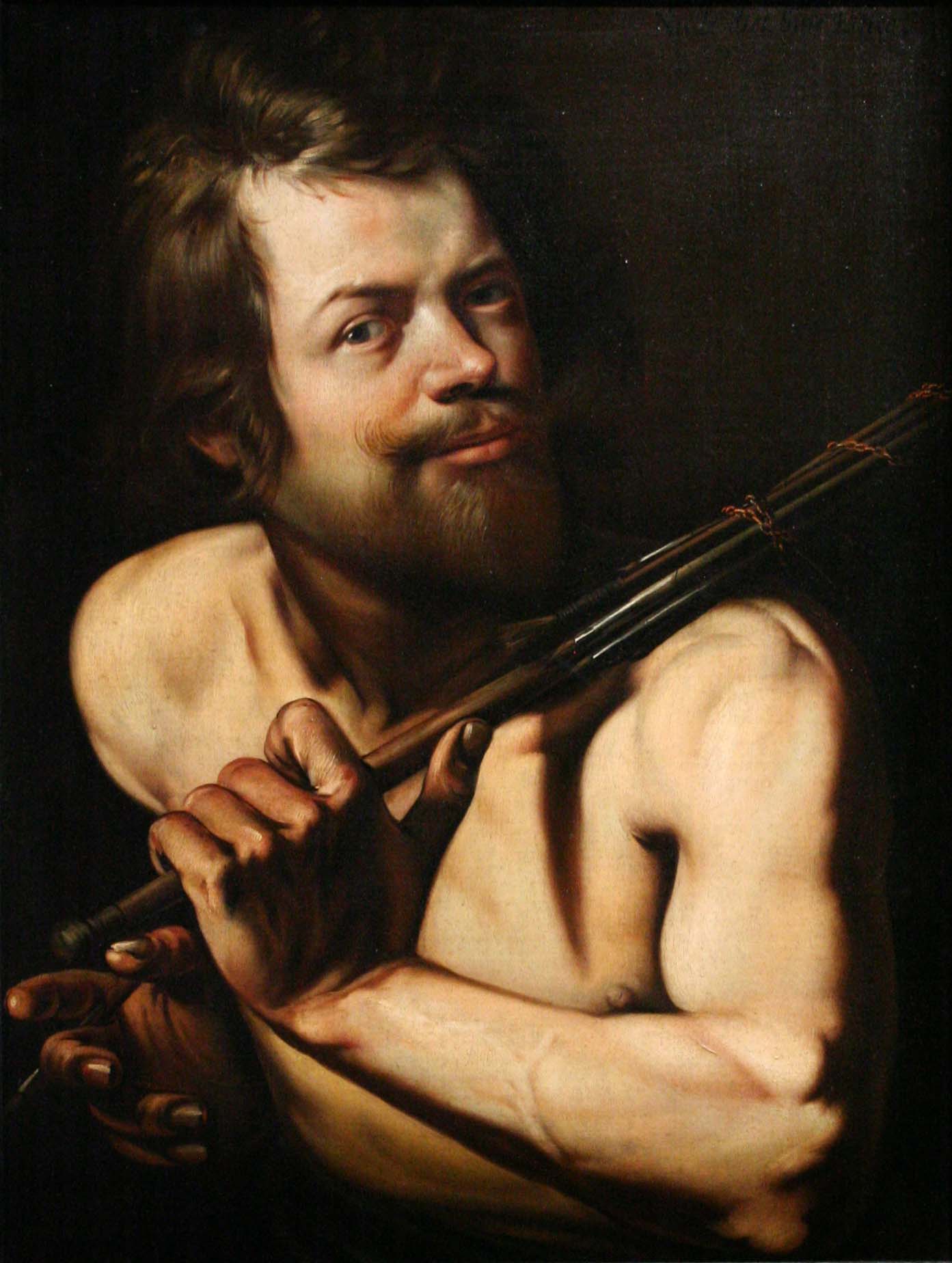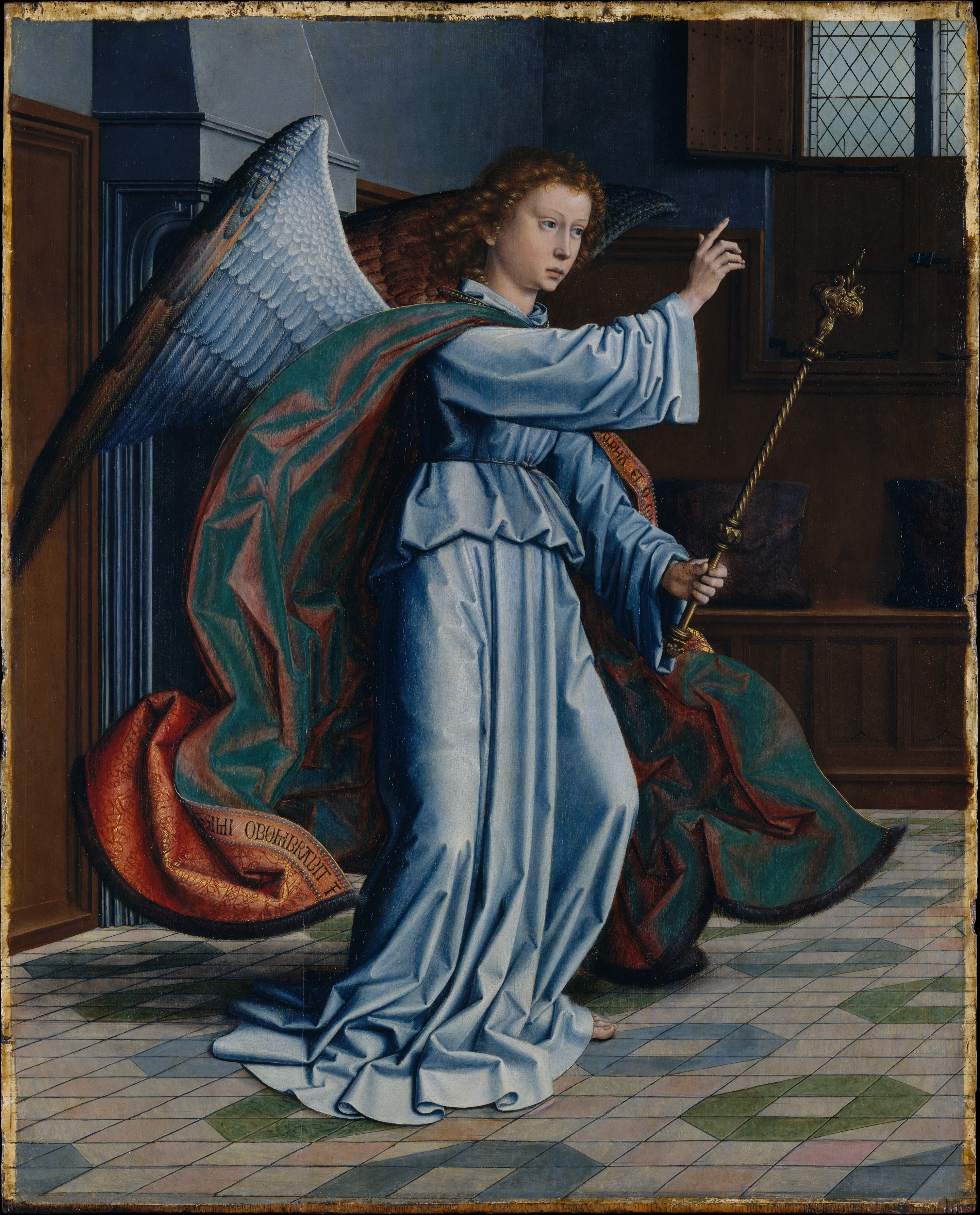|
Victor Boucquet
Vigor Boucquet or Victor Boucquet (Veurne, 1619 – Veurne, 1677) was a Flemish painting, Flemish painter known for his portraits and paintings of biblical subjects.Victor Boucquet at the Netherlands Institute for Art History He was mainly active in his native Veurne and its surroundings where he was in demand for altarpieces for the local churches and monasteries. He worked in the typical Flemish Baroque style of his time, with a tendency towards a somber realism.P. Bautier, ''Victor Boucquet et les portraitistes flamand ‘pseudo-espagnols’'', Belgisch Tijdschrift voor Oudheidkunde en Kunstgeschiedenis Revue belge d'archéologie et d'histoire de l'art, XI – 1941 - 4, pp. 241-244 Life He was born at Veurne in 1619. He was the son of Marcus Boucquet, a little known painter who was the city painter of V ...[...More Info...] [...Related Items...] OR: [Wikipedia] [Google] [Baidu] |
Vigor Boucquet - The Standard Bearer
Vigor or vigour may refer to: Companies * Vigor S.A., a Brazilian food company * Vigor Industrial, an American shipbuilding, ship repair, and industrial service provider in the Pacific Northwest and Alaska ** Vigor Shipyards, four shipyards in Washington state and Oregon * Vigor Gaming, a manufacturer of personal computers from 2004 to 2010 Vehicles * Honda Vigor, a premium car produced from 1981 to 1995 * Vickers VR180 Vigor, a British 1950s tractor Football clubs * Vigor Lamezia, an Italian football club based in Lamezia Terme, Calabria * FK Vigør, a Norwegian football club from Hellemyr, Kristiansand People * Vigor (name), a list of people with the surname or given name Other uses * Operation Vigour, a 1992 UK Royal Air Force operation – see List of Royal Air Force operations * Vigor (software), a parody clone of vi for UNIX * HTC Vigor, a codename for the HTC Rezound smartphone * Vigor High School, a public school in Prichard, Alabama, United States * Vigour (film), ''Vig ... [...More Info...] [...Related Items...] OR: [Wikipedia] [Google] [Baidu] |
1677 Deaths
Events January–March * January 1 – Jean Racine's tragedy ''Phèdre'' is first performed, in Paris. * January 21 – The first medical publication in America (a pamphlet on smallpox) is produced in Boston. * February 15 – Four members of the English House of Lords embarrass King Charles II at the opening of the latest session of the "Cavalier Parliament" by proclaiming that the session is not legitimate because it hadn't met in more than a year. The Duke of Buckingham, backed by Lord Shaftesbury, Lord Salisbury and Baron Wharton, makes an unsuccessful motion to end the session. When the four Lords refuse to apologize, they are arrested and imprisoned in the Tower of London. * February 26 – ** The first arrests are made in the case that will develop into the "Affair of the Poisons" in France, as Magdelaine de La Grange and her accused accomplice, Father Nail, are detained on suspicion of poisoning her lover, a Messr. Faurie. While in prison i ... [...More Info...] [...Related Items...] OR: [Wikipedia] [Google] [Baidu] |
1619 Births
Events January–June * January 12 – James I of England's Banqueting House, Whitehall in London is destroyed by fire."Fires, Great", in ''The Insurance Cyclopeadia: Being an Historical Treasury of Events and Circumstances Connected with the Origin and Progress of Insurance'', Cornelius Walford, ed. (C. and E. Layton, 1876) p. 29 Inigo Jones is commissioned to design a replacement. * February 14 – Earthquake flattens the town of Trujillo, Peru, killing hundreds in the town and causing landslides in the surrounding countryside killing hundreds more. * March 20 – Matthias, Holy Roman Emperor dies, leaving the Holy Roman Empire without an official leader, to deal with the Bohemian Revolt. * April – Battle of Sarhu: Manchu leader Nurhaci is victorious over the Ming forces. * May 8 – The Synod of Dort has its final meeting. * May 13 – Dutch statesman Johan van Oldenbarnevelt is executed in The Hague, after having been convicted of treason ... [...More Info...] [...Related Items...] OR: [Wikipedia] [Google] [Baidu] |
Peter Paul Rubens
Sir Peter Paul Rubens (; ; 28 June 1577 – 30 May 1640) was a Flemish artist and diplomat from the Duchy of Brabant in the Southern Netherlands (modern-day Belgium). He is considered the most influential artist of the Flemish Baroque tradition. Rubens's highly charged compositions reference erudite aspects of classical and Christian history. His unique and immensely popular Baroque style emphasized movement, colour, and sensuality, which followed the immediate, dramatic artistic style promoted in the Counter-Reformation. Rubens was a painter producing altarpieces, portraits, landscapes, and history paintings of mythological and allegorical subjects. He was also a prolific designer of cartoons for the Flemish tapestry workshops and of frontispieces for the publishers in Antwerp. In addition to running a large workshop in Antwerp that produced paintings popular with nobility and art collectors throughout Europe, Rubens was a classically educated humanist scholar and diploma ... [...More Info...] [...Related Items...] OR: [Wikipedia] [Google] [Baidu] |
Joachim Wtewael
Joachim Anthoniszoon Wtewael (; also known as Uytewael ) (1566 – 1 August 1638) was a Dutch Northern Mannerism, Mannerist painter and Drawing, draughtsman, as well as a highly successful flax merchant, and town councillor of Utrecht (city), Utrecht. Wtewael was one of the leading Dutch exponents of Northern Mannerism, and his distinctive and attractive style remained largely untouched by the naturalistic developments happening around him, "characterized by masterfully drawn, highly polished figures often set in poses".Slive, 13 Wtewael was trained in the style of late 16th-century Haarlem Mannerism and remained essentially faithful to it, despite painting well into the early period of Dutch Golden Age painting. Altogether he has left about a hundred paintings, as well as drawings and some stained glass he designed. He painted a mixture of large paintings on canvas, and tiny cabinet paintings on copper plates, the latter the more numerous and typically the most distinct ... [...More Info...] [...Related Items...] OR: [Wikipedia] [Google] [Baidu] |
Martin Hermann Faber
Martin Hermann Faber (1586–1648), was a German painter, architect, and cartographer. He was born in Emden and made a trip southwards to Italy in 1611 where he met the "Caravaggist" Louis Finson.Martin Hermann Faber in the He travelled extensively with Finson and worked with him in France, but was back in Emden in 1618 where he joined the Emden . He remained a member until 1629, and his sons Berend and Hermann II also became members of the guild. He died in Emden. References [...More Info...] [...Related Items...] OR: [Wikipedia] [Google] [Baidu] |
Claes Jacobsz Van Der Heck
Claes Jacobsz van der Heck (Nicolaes Jacobsz van der Heck) (c.1575 in Alkmaar – 1652 in Alkmaar), was a Dutch Golden Age painter. Biography Claes Jacobsz van der Heck was the son of Jacob Dircksz (c. 1534-1608) and Adriana (died 1591) van der Heck, and the grand-nephew of painter Maarten van Heemskerck. According to Hessel Miedema's notes on this family in his translation of Karel van Mander's Schilder-boeck, "Jacques van der Heck" (or Jacob Dircksz) was a son of Maarten van Heemskerck's sister Neeltje and her husband Dirk van der Heck. Jacques' son "Niclaes" was Claes Jacobsz van der Heck. Heemskerck had disinherited "another nephew" (presumably a Dirk Dirksz, the later father of Claes Dircksz van der Heck), and left a portion in his will to Jacob Dircksz. According to Karel van Mander, he was a good painter, a disciple of Jan Nagel (painter), Jan Nagel, and specialized in landscapes. [...More Info...] [...Related Items...] OR: [Wikipedia] [Google] [Baidu] |
Antoon Claeissens
Antoon, Antonius or Anthuenis Claeissens, Claessens, or Claeissins (c.1536 – 18 January 1613) was a Flemish painter. His subjects were historical and allegorical scenes and portraits.Antoon Claeissens at the Netherlands Institute for Art History He was a member of the Claeissens family of painters which played an important role in the art world in Bruges in the 16th century.Matthias Depoorter, ''Pieter Pourbus en de vergeten meesters'' at the OKV Life Antoon Claeissens was born in Bruges as the third son of Pieter Claeissens the Elder and Marie Meese. His father was a history painter and portraitist and his grandf ...[...More Info...] [...Related Items...] OR: [Wikipedia] [Google] [Baidu] |
Gerard David
Gerard David (c. 1460 – 13 August 1523) was an Early Netherlandish painter and manuscript illuminator known for his brilliant use of color. Only a bare outline of his life survives, although some facts are known. He may have been the Meester gheraet van brugghe who became a master of the Antwerp guild in 1515. He was very successful in his lifetime and probably ran two workshops, in Antwerp and Bruges.Campbell, 116 Like many painters of his period, his reputation diminished in the 17th century until he was rediscovered in the 19th century. Life He was born in Oudewater, now located in the province of Utrecht. His year of birth is approximated as c. 1450–1460 on the basis that he looks to be around 50 years in the 1509 self-portrait found in his ''Virgin among the Virgins''.Hand, 63 He is believed to have spent time in Italy from 1470 to 1480, where he was influenced by the Italian Renaissance. He formed his early style under Albert van Oudewater in Haarlem, and moved to ... [...More Info...] [...Related Items...] OR: [Wikipedia] [Google] [Baidu] |
Sisamnes
Sisamnes was, according to Herodotus' ''Histories'', a corrupt royal judge active in the Persian empire during the reign of Cambyses II of Persia. When Cambyses learned that Sisamnes had accepted a bribe to influence a verdict, he had him promptly arrested and sentenced him to be flayed alive. He had the skin of the flayed Sisamnes cut into leather strips. Cambyses then appointed Otanes, the son of the condemned Sisamnes, as his father's judicial successor. In order to remind Otanes what happens to corrupt judges and not forget the importance of judicial integrity, Cambyses ordered that the new judge's chair be draped in the leather strips made from the skin of the flayed Sisamnes.Georges Martyn, ''Cambyses aan de Vlaamse kust'' in Pro Memorie. Bijdragen tot de rechtsgeschiedenis der N ... [...More Info...] [...Related Items...] OR: [Wikipedia] [Google] [Baidu] |
Cambyses II
Cambyses II ( peo, 𐎣𐎲𐎢𐎪𐎡𐎹 ''Kabūjiya'') was the second King of Kings of the Achaemenid Empire from 530 to 522 BC. He was the son and successor of Cyrus the Great () and his mother was Cassandane. Before his accession, Cambyses had briefly served as the governor of northern Babylonia under his father from April to December 538 BC. Afterwards, he resided in the Babylonian cities of Babylon and Sippar, before being appointed by his father as co-ruler in 530 BC. His father then set off on an expedition against the Massagetae of Central Asia, where he met his end. Cambyses thus became the sole ruler of the vast Achaemenid Empire, facing no reported opposition. His relatively brief reign was marked by his conquests in North Africa, notably Egypt, which he conquered after his victory over the Egyptian pharaoh Psamtik III () at the battle of Pelusium in 525 BC. After having established himself in Egypt, he expanded the empire's holdings in Africa, including the conque ... [...More Info...] [...Related Items...] OR: [Wikipedia] [Google] [Baidu] |









